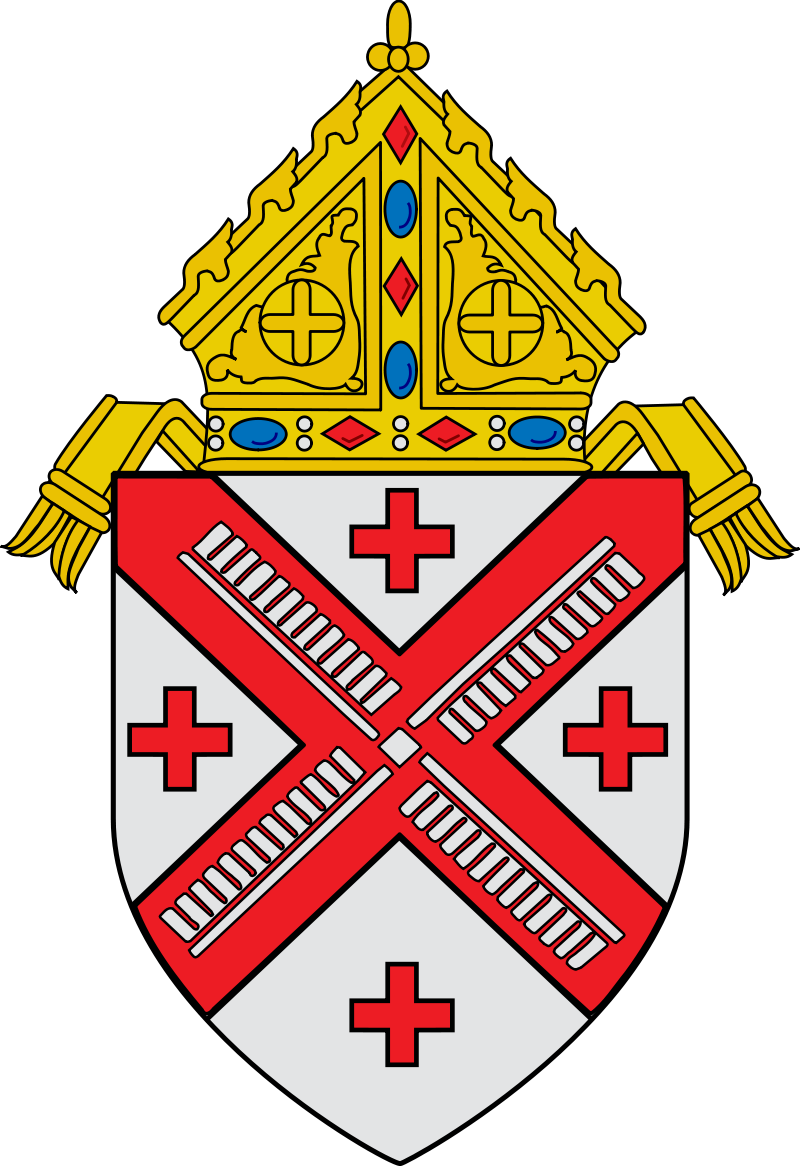The New York Archdiocese Releases a List of 115 Catholic Priests and 5 Deacons Accused of Sexually Abusing Children
 The archdiocese of New York released a list of 120 clergy members accused of sexually abusing minors. In a letter accompanying the list, Cardinal Timothy Dolan asked “forgiveness again for the failings of those clergy and bishops who should have provided for the safety of our young people but instead betrayed the trust placed in them by God and by the faithful.”
The archdiocese of New York released a list of 120 clergy members accused of sexually abusing minors. In a letter accompanying the list, Cardinal Timothy Dolan asked “forgiveness again for the failings of those clergy and bishops who should have provided for the safety of our young people but instead betrayed the trust placed in them by God and by the faithful.”
The Roman Catholic Archdiocese of New York is the second largest diocese in the United States. According to statistics from 2014, 932 archdiocesan priests and 913 priests of religious order as well as 359 deacons, 1,493 religious brothers, and 3,153 nuns serves a community of 2,634,624 catholic people belonging to 296 parishes located in the Bronx, Manhattan, Staten Island as well as in the counties of Dutchess, Orange, Putnam, Rockland, Sullivan, Ulster and Westchester, New York. It also operates hundreds of schools, hospital and charities.
 New York Personal Injury Attorneys Blog
New York Personal Injury Attorneys Blog



